Naroch operation
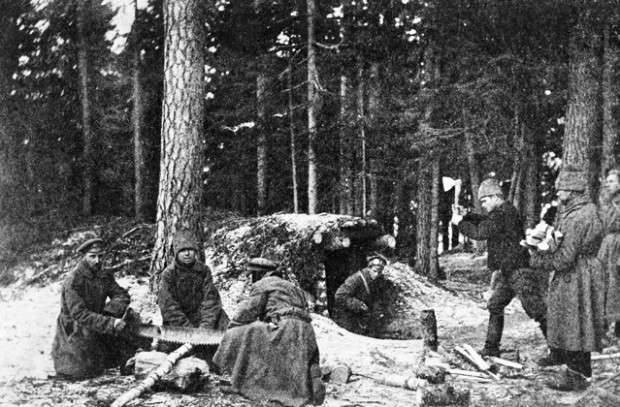
100 years ago, in March 1916, the Naroch operation began - an offensive by Russian troops in northwest Belarus. The operation is named for the largest lake in the region - Naroch, although the fighting was conducted both to the south and north of this lake. 3 (16) in March, Chief of Staff of the General Headquarters of General Headquarters General Mikhail Alekseev issued a directive on the beginning of the Russian offensive in the area of Lake Naroch. His main goal was to divert part of the German forces from the Western Front to help the French forces defending Verdun with the last of their forces.
Under the conditions of the most powerful German offensive near Verdun, the French commander-in-chief, Joseph Joffre, turned to the Russian leadership with a request to inflict a distracting blow on the enemy. In his telegram from March 2, it was said: “In anticipation of the development, it is currently possible, German operations on our front and on the basis of the decisions of the Chantilly meeting, I ask the Russian army to immediately start preparing for the offensive envisaged by this meeting.”
5 (March 18) Russian troops began artillery preparation and in two days went on the offensive. In a few days, they advanced a distance of 10 kilometers south of Lake Naroch. As a result, the German command was forced to enter the reserves, which were originally intended to be transferred to the Western Front to continue the offensive on Verdun. The advance of the Russian troops was halted, but the strategic goal of the operation was achieved. As the French commander-in-chief, General Joffre, noted, "the last Russian offensive forced the Germans, who had only minor general reserves, to bring all of them into action and, in addition, to attract patrol troops and redeploy whole divisions taken from other sectors."
General situation
At the end of 1915, bloodless, exhausted by heavy fighting, lack of weapons and ammunition, retreat and loss of fortified lines, the Russian army occupied the front from the Baltic to the Romanian border. The Northern Front (12-I, 5-I and 1-I armies) went from the sea along the Dvina River, having a bridgehead in the Riga region, at Jacobstadt and against Dvinsk. Then the front turned south to the lake region of Eastern Lithuania, where at the latitude Sventsyan merged with the Western front.
The western front ran through Minsk Polesye from Naroch to Pripyat. The 2 Army was located on the Sventsiansky Direction, 4 was the Smorgon Army, 10 was the Krevo Army, and 3 was the Baranavichy. From the Pripyat to Romania stretched the South-Western Front. 8-I was located with Volyn Polesie, on the Kovel direction, 11-I army - in Eastern Galicia, 7-I and 9-I - in the Dniester-Prut district.
It is worth noting that, compared with the campaign 1914-1915. the initial position of the n troops deteriorated. Our most important rokadny lines were cut by the enemy, the main railway junctions were lost, the Russian troops were forced into the roadless area. The entire network of strategic railways was lost, which was created with such difficulty in the pre-war period. For the transportation of troops, we had to use the weaker and unsuitable for such loads "economic network" of internal Russia and the Moscow railway junction. As a result, the roads were overloaded, occupied for military needs, which worsened the general economic situation of the Russian Empire. In addition, it worsened the possibilities of the strategic maneuver of the Russian army, our troops became less mobile.
The Russian front had 137 infantry and 35 cavalry divisions. After heavy fighting 1915 g. They numbered only about a third of the regular staff. In winter, the troops were replenished: the term 1916 of the year joined, by the spring - the term 1917 of the year. The combat capability of the army was restored. During the year, they also had to call on the 1918 term of the year, the senior militia terms, etc. The problem was that the whole mass of those called up had nothing to arm and the main thing was that there was no one to train. Replenishments were completely unsuitable for combat after the 6-weekly “training”, or rather “staying at a contentment” in spare regiments and battalions. The situation was facilitated by the fact that in a positional warfare, it was possible to train recruits in the immediate rear of the units themselves in supernumerary training battalions and teams.
It is worth noting that the Bet for the past time has not released a single instruction, not having worked the rich experience of the campaigns 1914 and 1915. The troops were left to their own devices and developed their own training methods and combat skills, for which they paid a high price. Practical experience was rich. As noted by the military historian A. A. Kersnovsky: "... the winter training of our troops of 1915-1916 should be considered excellent." That is, the pause in the fighting on the front line was well used: the troops recovered and were well prepared. True, the high command could not fully use the power of the Russian army during the 1916 campaign.
"Snuff hunger" managed to eliminate. Re-equipment of state-owned plants and an increase in their number from 20 to 40 tripled the rate of production of shells by the spring of 1916. Under the leadership of the artillery academicians, our state-owned (state) factories did a great job, satisfying up to 70% of the needs of our army. More 18% of the needs of the army were satisfied by private enterprises of the Military Industrial Committee and Zemstvo-urban union. At the same time, private traders speculated by profiting from the war - their stakes in 1,5-2 were twice the same as those of state-owned factories. In addition, these organizations, on which the liberal opposition relied, controlled almost all of the press and were able to convince the public that they were working for the “good of the Motherland”, while the government only puts a spoke in the wheel. It is also worth noting that in these organizations, tens of thousands of young, healthy and educated people from which they could form a dozen divisions, “deeply dug” deep in the rear.
The remaining needs of the army were satisfied with orders from abroad. True, there were major problems here, largely related to the fact that before the war, industrialization was not a priority of the state. Overseas orders swallowed up billions of rubles in gold. At the same time, the results did not justify the hope that “foreign countries will help us”. Britain and France served primarily their armies, and the industry of neutral countries could not be quickly restructured. The problem of communications also affected: the Black Sea was blocked, as was the Baltic Sea; The White Sea froze on 5-6 for months of the year, from Archangelsk there was only a single-track line; Vladivostok was far away, it took a lot of time to transport cargo and the costs were very high (the mileage of one train from Vladivostok to Dvinsk required the maintenance of 120 locomotives!).
In Russian gold, England and the United States were able to calmly mobilize their vast industry. At the same time, the Russian army never saw thousands of guns and tens of thousands of machine guns, for which the money was fully paid in advance. This weapon then helped the Entente win the 1918 campaign of the year.
The problem of “rifle hunger” was not completely solved. Rifle consumption in the 1915 year exceeded all expectations. During the retreat, the weapons of the dead and wounded remained on the battlefield, the weapons of the prisoners went to the enemy. Many rifles threw deserters and fugitives. Part of the weapon was lost due to poor care. At the beginning of the war, the spoiled weapons were easily thrown away, the soldiers believed that the rifle was a bureaucratic thing and they would easily be given a new one. The industry was turning slowly and could only compensate for a third of the consumption. In 1914, each of the 4,6 million soldiers (personnel and spare) had a rifle, but all reserves were depleted. In the future, we had to wait for the refurbishment of the plants and hope to purchase rifles abroad.
From August 1914 to December 1915, 6 million 290 thousand people were called up. They had 1 million 547 thousand rifles, that is, one rifle for four people. The masses of unarmed replenishments that arrived in 1915 on a year-front only reduced the combat capability of the army, increasing its losses and the number of prisoners. In the fall of the 1915 of the year, one rifle in the rear and accounting parts was for 10 people, and at the front - for two people. The situation was especially bad on the Northern and Western fronts, which suffered the most serious losses during the retreat and lost their arsenals of fortresses. For example, in the 9 Army Corps of the 3 Army, rifles were only in the advanced battalions of the regiments. In January, 1916, in the armies of the Western Front, more than a third of all fighters were without rifles.
A big problem was the difference in the systems of rifles and carbines. In the second year of the war, the Russian army had 35 different systems of rifles and carbines. The shelves were armed with 2-4 various sample. In addition, in the parts of the Northern and Western fronts there was an extreme shortage of machine guns.
Things were very bad with aviation. Russia in this component depended entirely on foreign countries. The allies sent what remained after the supply of their units - mostly trash. Our pilots called such aircraft "drugs." Heroism and ingenuity of a Russian pilot was necessary in order not only to fly these machines, but also to support the army.
Source of maps: Podorozhny N. E. Naroch operation in March 1916.
Plans Forces of the parties
The main reason for the premature Russian offensive was the pressure of the Allies. February 1 The 1916 of the year in Chantilly, in the French Main Apartment, passed the Allied Military Council. It was decided to launch a general offensive on the Eastern Front 2 (15) of June, striking the main attack on Vilna, and on the Western Front - 18 of June (1 July), launching the main attack on the Somme. However, this plan did not take into account the "wishes" of the Germans. Already 8 (21) February, the German corps rushed to Verdun. As a result, the allied campaign plan for 1916 was buried a week after it was accepted.
After the start of the German offensive near Verdun, the commander-in-chief of the French army Joffre appealed to the Russian command with a request to inflict a distracting blow on the Germans. The Russian Stavka, meeting the request of its ally, decided to launch an offensive operation on the northern wing of the Russian front in March before the general advance of the armies of the Entente.
February 24 held a meeting on operational issues at GHQ and a combined strike plan was adopted. On the northern front, the 1-i and 5-i armies changed places, the 5-i army ordered to advance from Yakobshtadt on Ponevezh, and the 1-i army to contribute to the Western front with their left flank. 12-I army could not actively take part in the attack, because it has not yet completed the rearmament (the troops took rifles purchased from the Japanese).
On the Western Front, the main role was to be played by the right-flank 2 Army under the command of General Alexander Ragoza. 2-I army was supposed to strike at Sventsyan-Vilna. The composition of the army was brought to the 10 corps. General Ragoza, who had just received troops from General Smirnov, divided the troops he did not know into three parts. As a result, he introduced into the troops a mess and reduced the strike power of the army. On the right flank, General Pleshkov’s group (1 of the Siberian Corps, 1 and 27 of the Army corps) was created, in the center - the Sirelius group (4 of the Siberian Corps and 34 of the Army corps), on the left flank Balueva (3 th Siberian Corps, 5 th and 35 th Army Corps). The 3 Caucasian Corps, the 15 and 36 Army Corps remained in reserve.
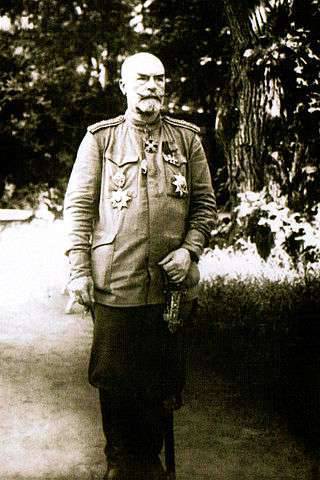
Commander of the 2 Army, Alexander Frantsevich Ragosa
Thus, our troops had to attack three months before the deadline; to throw into the battle still untrained, unprepared troops, which had a shortage of weapons, including rifles, to shoot the stockpile of ammunition that they had just begun to accumulate (this led to a catastrophic shortage of artillery shells); to attack in the lake-marshland, in the spring thaw, when the infantry and artillery sank in the mud. Thus, the situation was complicated by extremely severe weather conditions: strong thaws alternated with night frosts, wet snow - with rain, which made the lake swampy region, in which the troops were to act, into practically impassable terrain. As a result, the defeat was predetermined before the start of the attack.
Our forces were opposed by the German 10 Army of General Hermann von Eichhorn: 31-i, 42-i and 115-I infantry, 75-i reserve, 10-i landver divisions, 3-i, 9-i and Bavaria, and XIUMX and Xavi XI, 9-I, 86, 119 and 80-i I landver brigade. In addition, in reserve were 170-I, XNUMX-I infantry divisions, XNUMX-I reserve division, XNUMX-I brigade.
Battle
5 (18) March, the Russian offensive began, which was a real ten-day battle. Corps behind corps stormed the German fortifications and burned in the fire of the German artillery. Our too small, weak caliber, with a shortage of shells, and even unsuccessfully grouped artillery, was powerless against the fortifications of the enemy. Germans had even concrete fortifications here. Our soldiers hung on the barbed wire, died under fire and were stuck in impassable mud.
The courage of the soldiers could not rectify the situation. The regiments of Pleshkov and Sirelius were shot at the wire and on the wire. The 1 of the Siberian Corps, at the cost of enormous losses, broke through the powerful positions of the 21 of the German Corps, but it was not supported and our troops choked in blood. A small success was only in the Baluev group, where the 5 corps knocked the enemy out of Postavy and penetrated the enemy's defense several kilometers.
The slaughter continued on 15 (28) in March, when Bid ordered the operation to be stopped. Only 17 (30) of March, the commander of the Western Front, A.E. Evert, issued an order according to which “1 and 2 armies should stop the offensive, firmly establish themselves in their position ... and continue the operation in the area between the Naroch and Vishnevskoye lakes ". However, the continuation did not follow: the battles on Naroch stopped for the whole front due to extreme exhaustion of troops, huge losses and the most severe weather conditions.
Our troops suffered huge losses. The 16 of the Russian divisions of the 2 Army that were advancing in Naroch lost 90 thousand people, including 20 thousand killed and 5 thousand missing. German losses ranged from 20 to 40 thousand people.
On the Northern Front, the troops of General Kuropatkin (he replaced the diseased Plehve) launched a series of unsuccessful offensives with the 8 (21) in March. The attacks of the 12, 1, and 5 armies did not succeed. The Russian corps suffered heavy losses: the front lost 60 thousand people.
Results
The results of the operation for the Russian army were deplorable. In the course of the Naroch operation, Russian troops captured 1200-1800 prisoners, 15 machine guns, several hundred rifles, and liberated 10 square kilometers of the territory of Belarus. 8 (21) March The city of Pastavy was liberated (re-captured by the Germans 15 on April 1916). At the same time, German troops in a different area struck a counterstrike and occupied 70 square kilometers, which they left behind. And this is with very heavy losses, when our troops literally drowned in blood trying to break through the powerful deep-echelon line of the German defense. The losses in the Naroch operation even by the standards of the First World War, where bloody battles were not uncommon, were very significant. The main reason for the defeat was the numerous mistakes the Russian command made when planning and executing an operation.
However, our army helped France. Not a single German battalion from the Eastern Front did the German command transfer to Verdun. The offensive of the Russian Western Front forced the German high command, who decided that the Russians had launched a general offensive and was about to break through the German defense, to stop the attacks on Verdun for two weeks. Thus, the German command miscalculated the expected weakening of the combat capability of the Russian army after 1915 defeats of the year, underestimated the Russian army and did not dare to reduce their troops on the Russian front in order to transfer part of them to the French theater. Moreover, the Germans discovered all the danger of their position in this direction and were forced to further strengthen their troops here by transferring their units from the Austro-Hungarian front. The German command transferred to the East part of the troops from the Western Front, which had previously been supposed to be used against Verdun.
- Alexander Samsonov
- 1916 Campaign
The strategy of the Entente and the Central Powers on 1916 year
"The French Armed Forces will bleed to death in any case - will she keep Verdun or not"
France and England were going to "fight to the last Russian soldier"
Russian soldiers in France
Brilliant victory of the Russian Caucasian army under Erzerum
Keprikeyskoe battle
Assault Erzerum
Defeat of the Turkish Army 3
Trapezund operation
Verdun meat grinder
Verdensky meat grinder. H. 2
Strategic defeat of the German army near Verdun
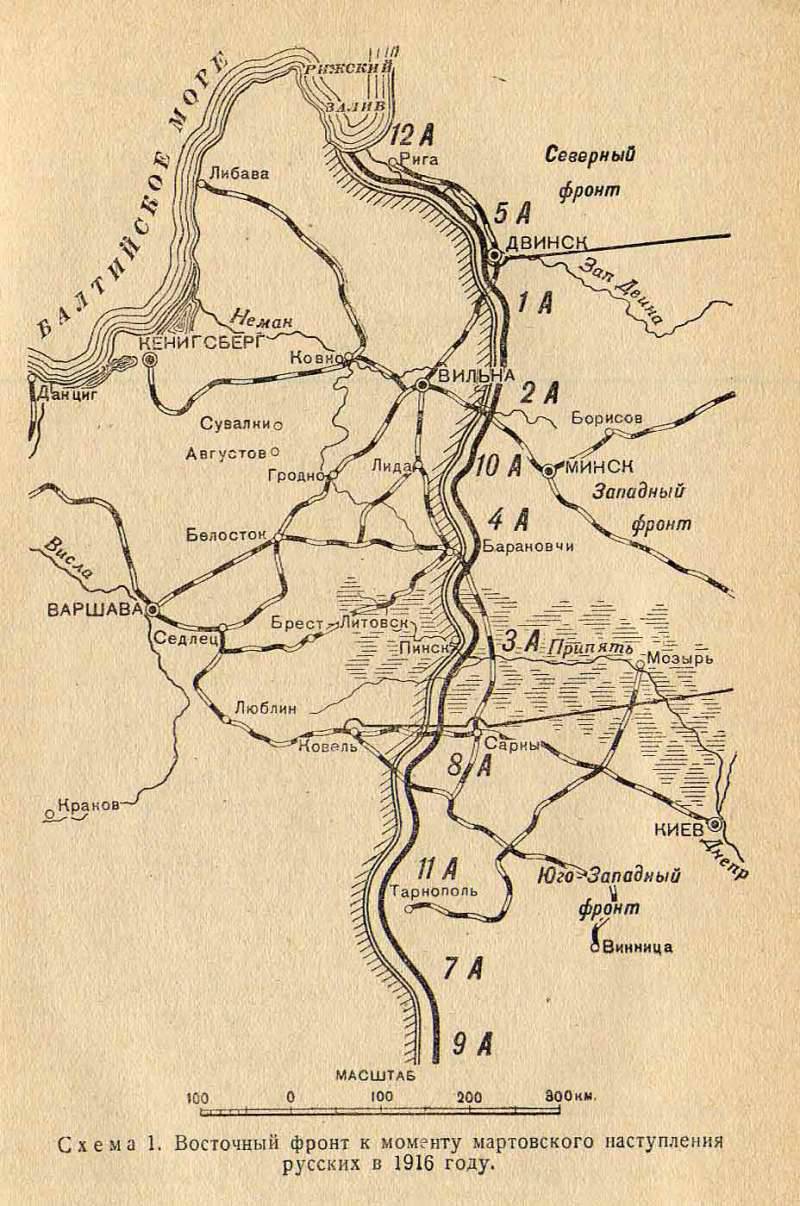
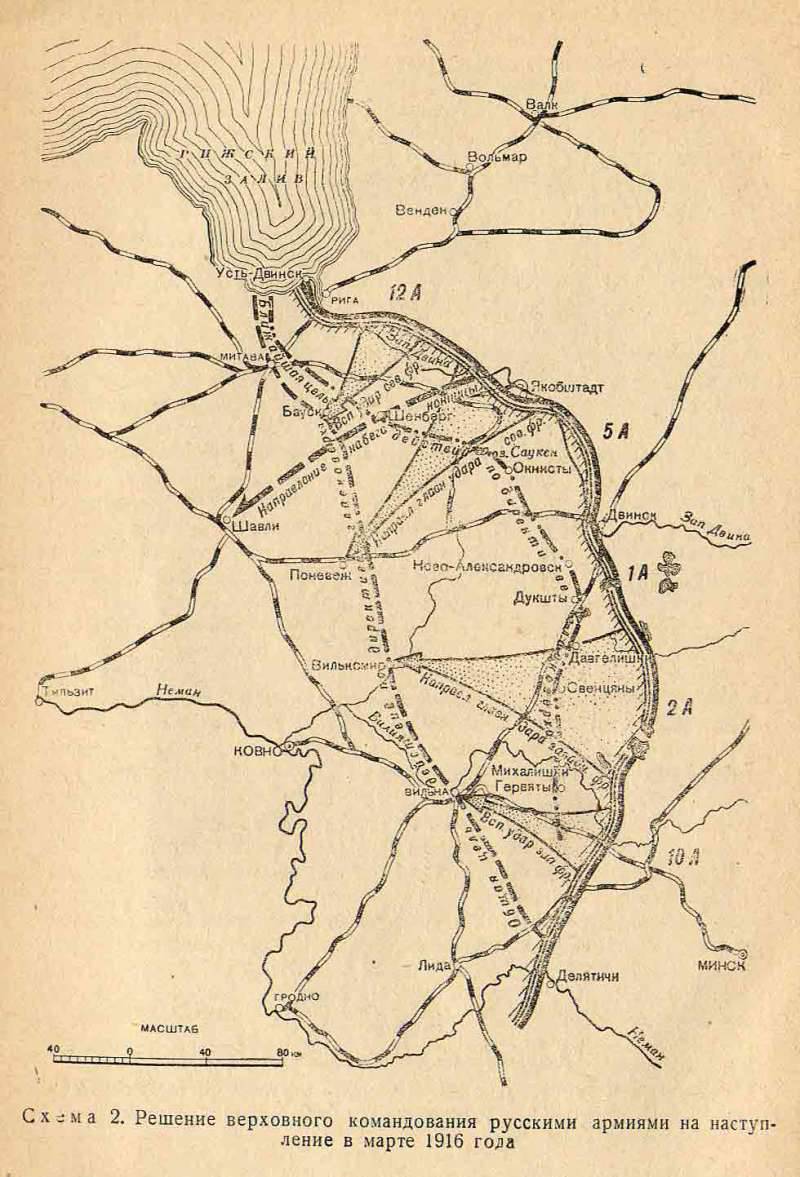
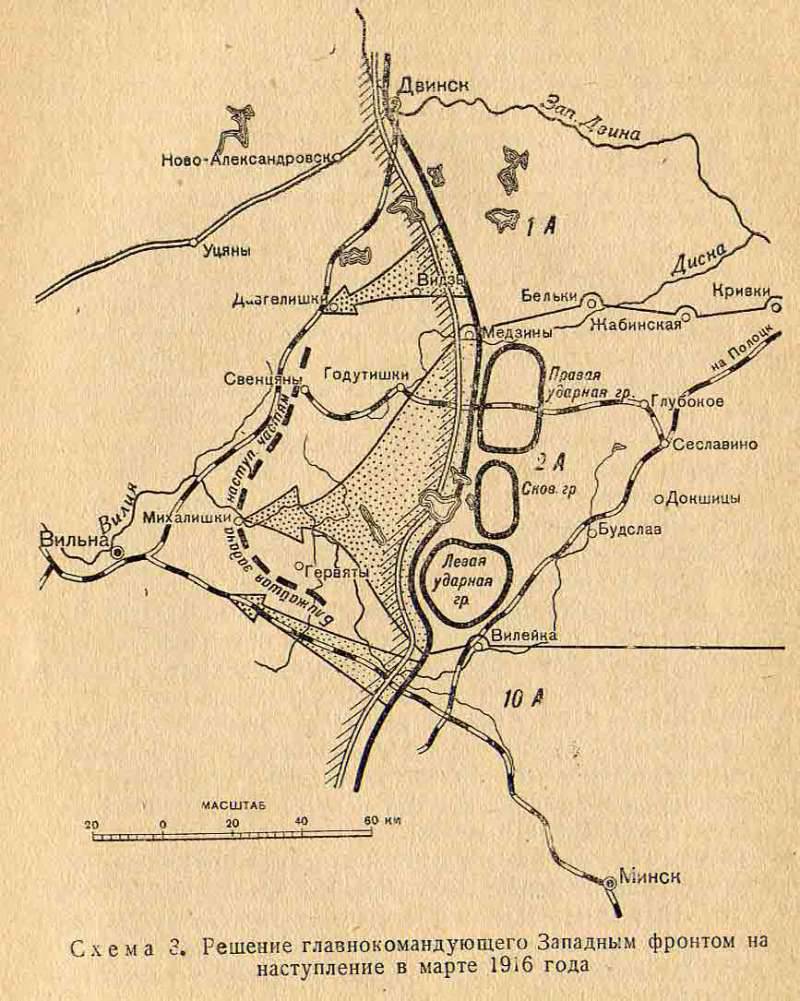
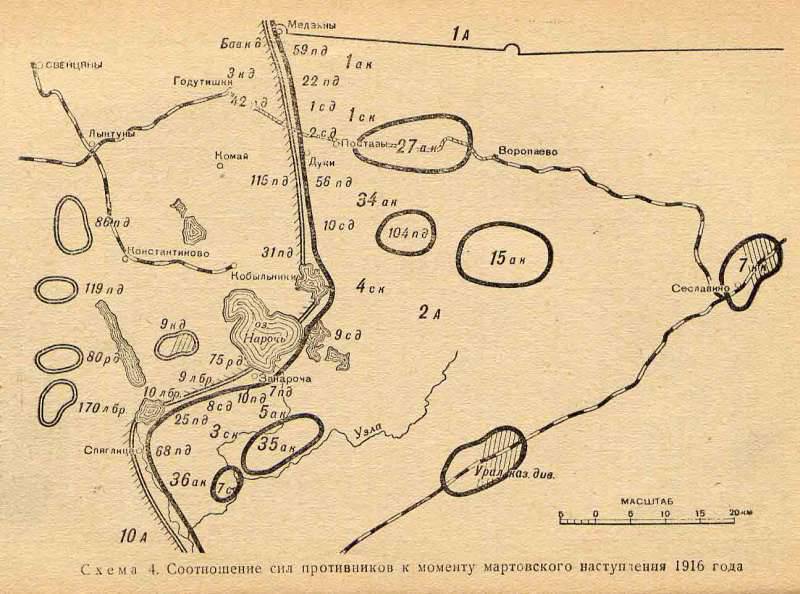
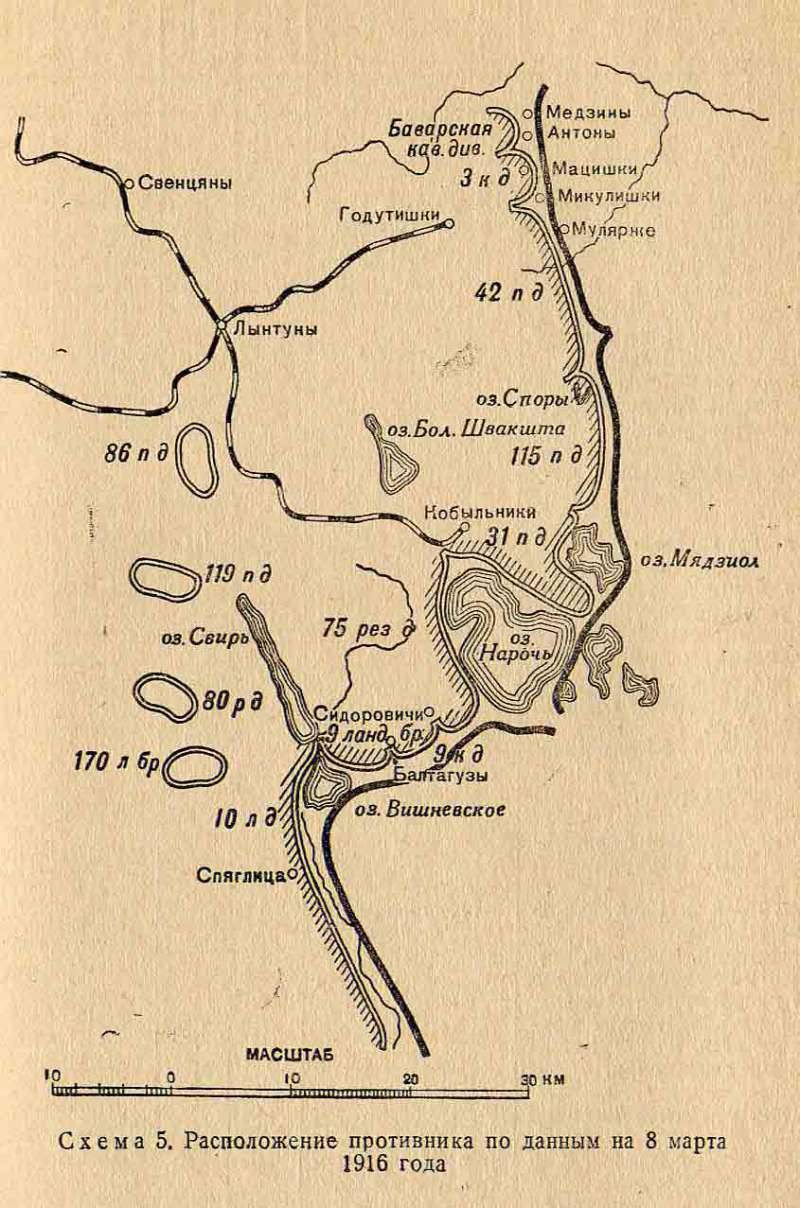
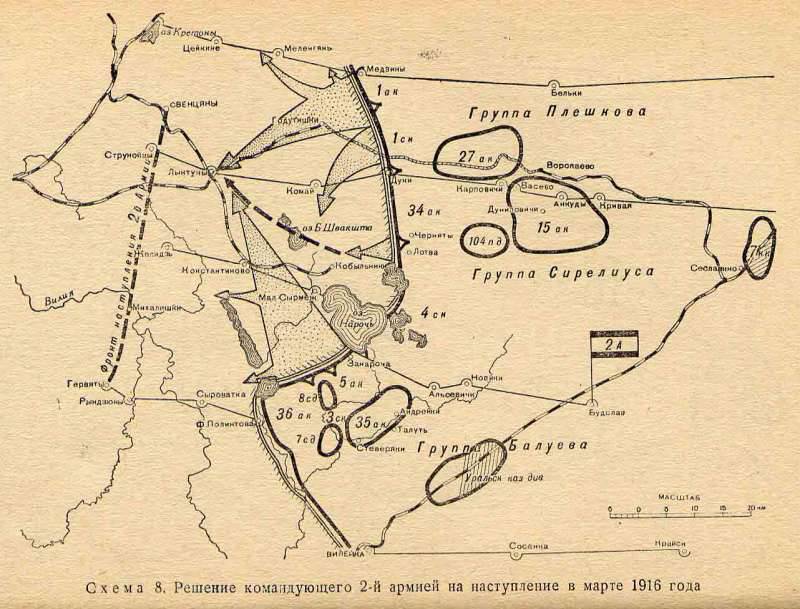
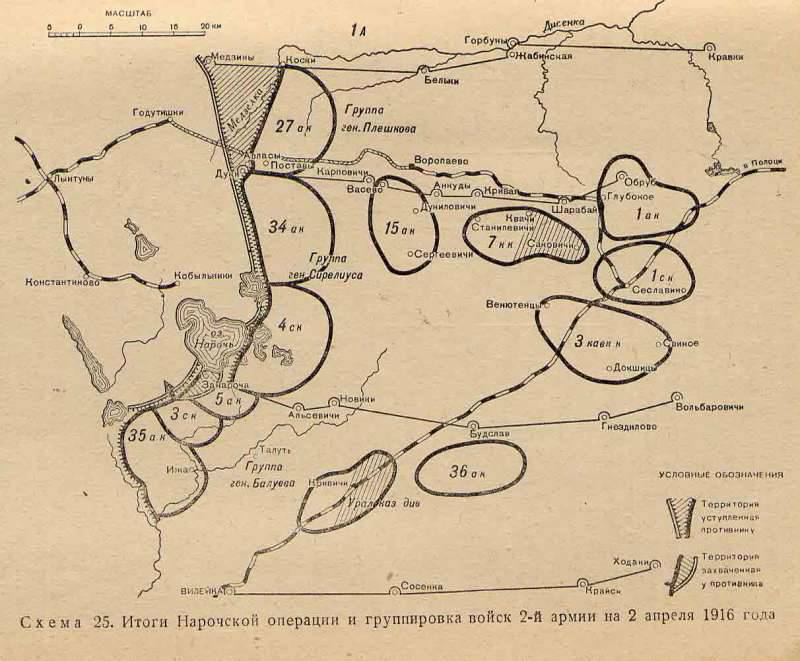
Information